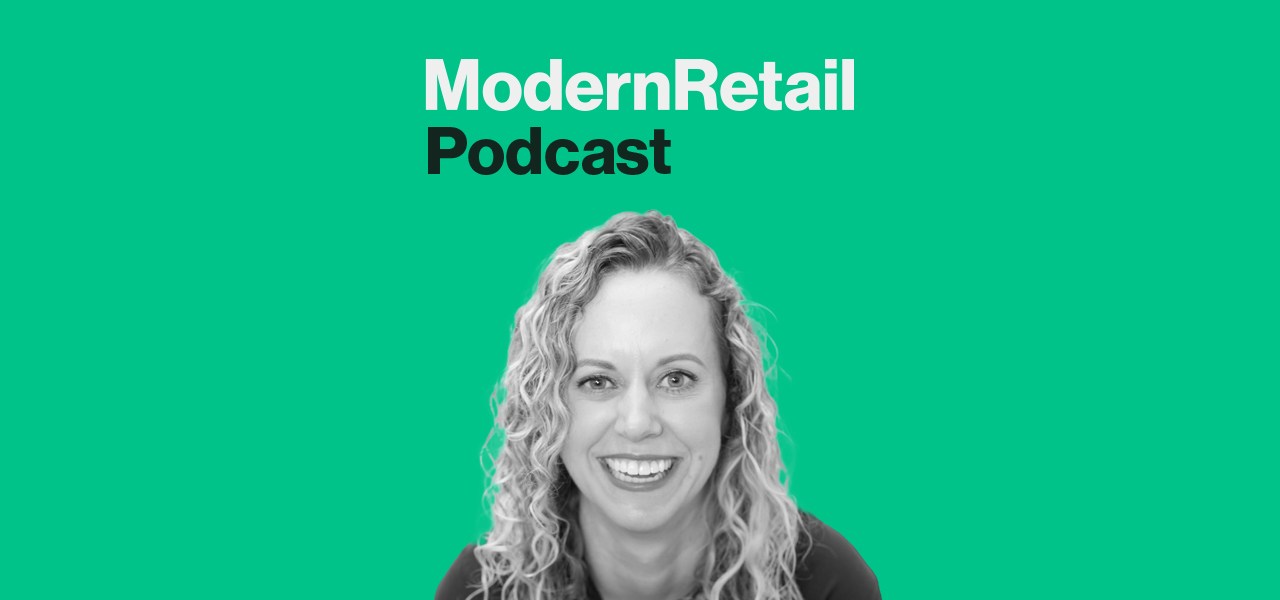How Babylist is building a media empire for new parents

Subscribe: Apple Podcasts • Stitcher • Google Play • Spotify
Babylist is making moves to be more than just a registry for soon-to-be parents.
The company has been building a media business over the last four years, becoming its fastest-growing revenue stream.
“The original business model was affiliate,” said Lee Anne Grant, Babylist’s chief growth officer. “So it was working with a ton of different retailers and getting paid a commission. And then, fast forward 13 years later, we are now this platform with a bunch of different offerings like health, e-commerce, content — anything a family needs.”
Grant joined the Modern Retail Podcast and spoke about how the company has grown over the last decade. This includes growing its media business and expanding into health and wellness.
Grant joined Babylist four years ago. She began as a consultant, given the task of building the company’s media business. Now, she’s its chief growth officer — overseeing new business opportunities like media and health care — to help Babylist expand beyond its registry roots. This includes a retail concept the company opened in LA last year as well as a content business catered to its customers.
As she sees it, a company like Babylist has the potential to be a media giant. Its customers read its newsletter and seek it out for educational content. Which is to say: new parents are looking for any help they can get, and that’s great news for advertisers. Alongside that power, Grant also makes sure that Babylist maintains trust with its customers.
“We have pretty strict editorial guide guidelines, both for our organic editorial as well as our paid,” she said. “We actually say no a good amount.”
Grant sees a bunch of potential as Babylist continues to grow. “We’re very much an audience company,” she said. “We’re not as big as Amazon, but the amount of money that new parents, expecting parents [as well as] grandma spends — it’s a big enough opportunity to keep me excited to stay here.”
Here are a few highlights from the conversation, which have been lightly edited for clarity.
Building out a media arm
“My very first assignment… was such a consulting project. [CEO Natalie Gordon] said how big can our our media revenue be? And it was pretty small. And I said: I think big…I can make all the spreadsheets. I did a deck with market research and SWOT analysis… And I said: the thing is, we could get financial services revenue. Like, every advertiser wants to talk to an expecting parent, because you change everything [when you have a child]. Sure, you need a stroller, but also, people get a new car, they get a new house, they get a will, they get insurance, they start a 529 plan, they need food delivery, like, literally, they need Tylenol. Every single industry wants to talk to these parents. But I said let’s actually start with an iterative MVP approach. Let’s just talk to advertisers. Let’s see how much we can grow it. And it 6x’d in the first three years; it’ll grow even more this year. It’s one of our fastest-growing revenue streams, for sure. And the best part is: brands keep coming back. We have a really high repeat rate because our advertising really works for them.”
Maintaining editorial control
“We have pretty strict editorial guide guidelines, both for our organic editorial as well as our paid. We actually say no a good amount. There are certain types of advertisers — we will not work with a weight loss company. [This is] because that brand trust that users trust is so important. We’re an integrated content studio and distribution platform, so we create all of the content that we distribute. And so brands have to commit to that upfront. We’re not going to send out an email with your written value props — it’s not going to work well, and our users don’t like it. I can’t see a world in which we would ever get away from that.”
‘It’s just about the vibes’
“I did go to the board about a year and a half, maybe two years ago, and [said], I want to spend all this money… I was like, ‘We’re going to open this space, and we’re going sign this five-year lease and we’re going do this build-out. And we’re going to measure it on brand awareness — PR impressions, social impressions, content. But also, it’s just about the vibes. And brands are going to fund it, so I’ll take it on as part of my marketing budget… So we had our quarterly board meeting a couple weeks ago, and we’ve now been open for three quarters, and I was reporting on the press impressions. And I said, you know, I think some of us at this table didn’t understand, really how this was going to work. And our audit chair looked at me, and she said, I know you’re talking about me… It’s hard to — as a board member, as an investor — understand the payback period. But I think I’m both lucky, and have done a lot of work for them to [trusted in me]. It might be directly profitable in a couple of years. But even if it isn’t, it’s such a good investment in the brand that it will lower our CACs and increase our brand awareness.”
